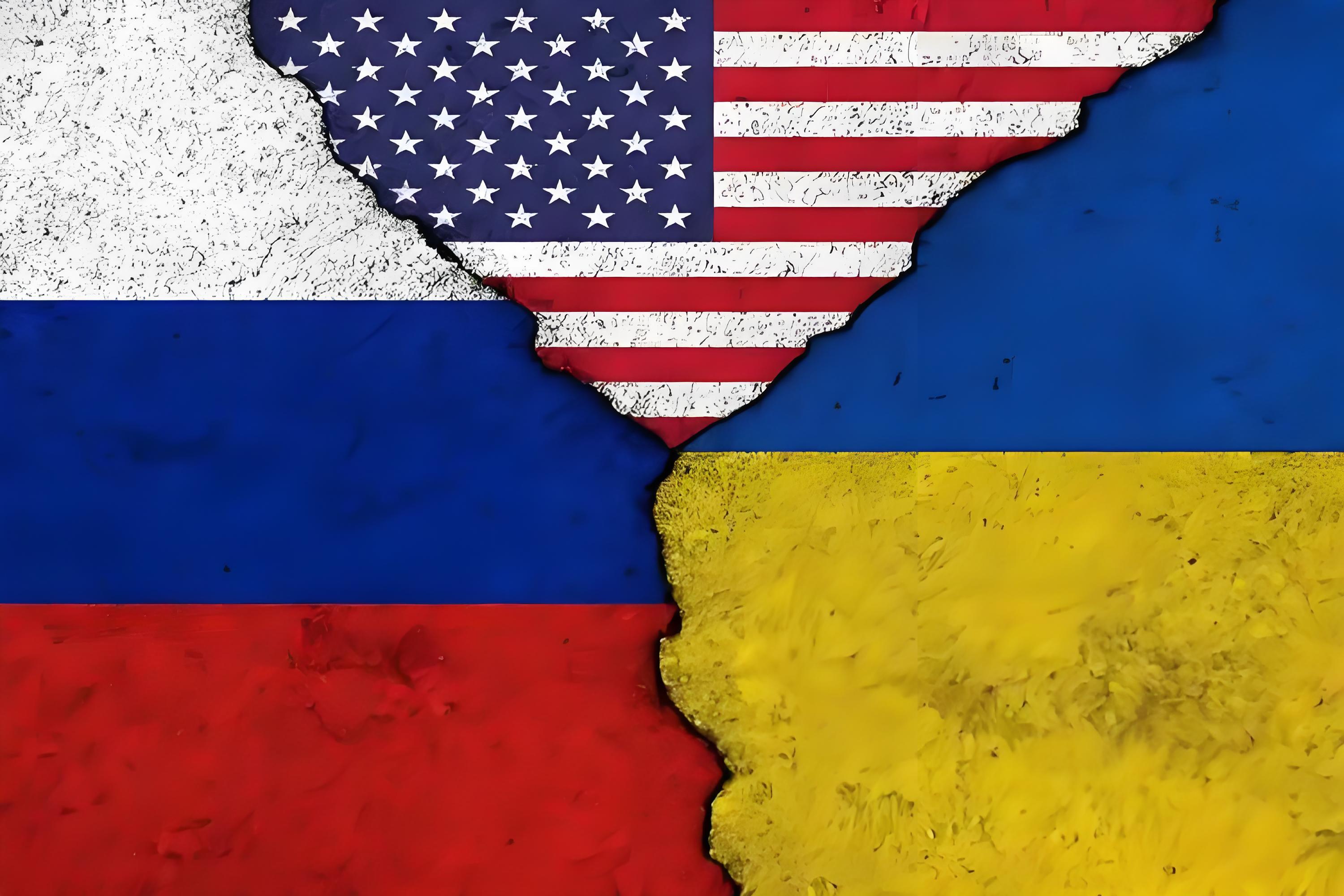
Against the backdrop of ongoing fluctuations in the global political and economic landscape, a series of agreements recently reached among the United States, Russia, and Ukraine have, like boulders dropped into a calm lake, stirred up huge waves in the global commodity market. Prices of crucial commodities such as crude oil, gold, and copper have witnessed significant changes, drawing intense attention from investors and industry insiders.
On March 25th, the White House announced that the US delegation held technical - level talks with the Russian and Ukrainian delegations in Riyadh, Saudi Arabia. The three parties achieved significant outcomes: they agreed to ensure navigational safety in the Black Sea, eliminate the possibility of using force, and prevent merchant ships from being used for military purposes. Meanwhile, measures were formulated to implement the agreement on prohibiting attacks on the energy facilities of Russia and Ukraine, and the agreement took effect on the 25th.
This news had a substantial impact on the crude oil market. Concerns over a potential disruption in crude oil supplies eased, leading to a mid - session decline in oil prices. Looking at the closing prices in the futures market, the WTI May crude oil futures fell 0.16% to $69 per barrel, while the Brent May crude oil futures rose 0.03% to $73.02 per barrel. Overall, the crude oil market has been in a complex situation recently due to multiple intricate factors. Both the IEA and OPEC have simultaneously downgraded their forecasts for the incremental supply of crude oil in 2025. The divergence in demand growth forecasts has further exacerbated market volatility. The uncertainty of US sanctions policies against oil - producing countries like Iran and Venezuela, along with the increase in Russia's crude oil exports, has also intensified the pressure on the supply side. Undoubtedly, the agreements reached by the US, Russia, and Ukraine have added new variables to the supply - demand expectations in the crude oil market.
The gold market, which had experienced two consecutive days of decline, also reversed its trend. COMEX gold futures rose 0.35% to $3,026.30 per ounce. Historically, the price of gold has been influenced by a combination of factors. Over the past few years, due to significant central bank purchases, Federal Reserve rate cuts, and continuous geopolitical risks, the price of gold has been on an upward trend. However, the situation has changed. With Trump taking office, the Federal Reserve has shifted its policy, narrowing the scope of rate cuts. The turning point in real interest rates has put downward pressure on the valuation of gold. In terms of geopolitics, as the Russia - Ukraine conflict enters the negotiation stage and the situation in the Middle East eases, the demand for safe - haven assets has weakened. Nevertheless, after consecutive declines, some investors believe that gold has entered a reasonable valuation range and began to buy on dips, driving the gold price to reverse its two - day losing streak.
During this market volatility, copper prices stood out. The London Metal Exchange (LME) copper price rose by more than 1%, closing above $10,000, reaching a new high in nearly ten months. The New York Mercantile Exchange (NYMEX) copper price even hit $5.2255 during trading, setting a new all - time high. COMEX copper futures rose by more than 2.5% to $5.2230 per pound. Copper prices in New York, London, and Shanghai have been on the rise since the beginning of this year, attributable to multiple factors. The US government's tariff policies have caused the COMEX copper price to be significantly higher than the LME copper price. The spread structure in the futures market has amplified the bullish sentiment. In addition, the available copper inventory on the LME has decreased by more than half in the past month, intensifying concerns about supply shortages. Meanwhile, there are market rumors that Chile, the world's largest copper - producing country, has halted shipments. Glencore has also suspended copper shipments from its Altonorte smelter, further fueling the rise in copper prices.
The agreements reached by the US, Russia, and Ukraine have far - reaching implications for the global commodity market. The fluctuations in the prices of crude oil, gold, copper, and other commodities reflect the market's re - pricing of various factors such as geopolitics, supply - demand relationships, and the macro - economy. In the future, as the relevant agreements are further implemented and the global political and economic situation evolves, the commodity market will remain highly uncertain. Investors and market participants need to closely monitor market dynamics and make decisions prudently.

According to Yahoo US media reports, the recent remarks of Federal Reserve Chair Jerome Powell have drawn deep concern from the market about the health of the US labor market.
According to Yahoo US media reports, the recent remarks of …
After 11 years of waiting in the deep sea, we finally have …
On December 17, 2025, the newly renovated American "Preside…
Nike's second-quarter revenue reached 12.4 billion US dolla…
The European Union (EU) recently announced sanctions agains…
In December 2025, the U.S. economy and financial markets ex…